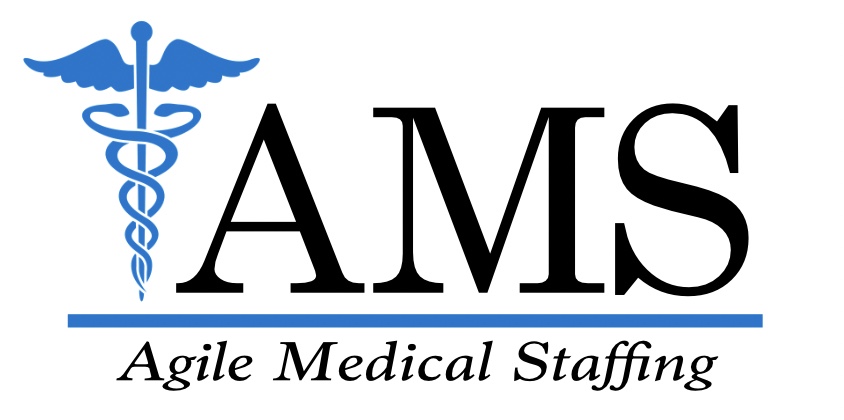Healthcare leadership turnover isn’t a quiet issue in Dallas. Every time an executive role turns over, it sends ripples through the entire facility. Patient care can slip, staff morale takes a hit, and remaining team members struggle to fill the gap. Rebuilding that momentum takes time, and in a fast-paced clinical setting, time is a luxury no one has.
Leadership stability helps shape everything from how employees feel walking into a shift to how well departments coordinate under pressure. When leaders leave too frequently, it’s more than just a change in management. It weakens trust and disrupts routines. For Dallas healthcare systems keeping up with rapid city growth, holding onto leadership talent is just as important as finding it in the first place.
Identifying Causes Of Leadership Turnover
Understanding why healthcare leaders leave is the first step toward keeping them around. Often, it’s not just one reason. It tends to come from a mix of things building up over time. In a demanding environment like Dallas, where the healthcare landscape keeps shifting, the pressure can pile on fast.
Here are some of the most common reasons healthcare executives move on:
– Poor work-life balance. Many leaders are expected to be always on, and that takes a toll on their personal lives.
– Too much red tape. Constant administrative roadblocks can dilute purpose and stall progress.
– Lack of decision-making power. Leaders who feel sidelined are less likely to stick around.
– Limited growth opportunities. Ambitious professionals want movement in their careers, not static roles.
– Mismatch with organizational culture. When values clash, frustration builds quickly.
In Dallas, these hurdles can feel even heavier. The region is home to growing populations, unpredictable staffing gaps, and evolving patient care demands. Leaders are often expected to fix systemic problems without the tools or support to do so. One healthcare director reported that managing multiple openings and balancing budget cuts became so overwhelming that staying in the role no longer felt possible. It’s that kind of strain, constant and unrelieved, that worsens retention problems.
When systems don’t respond to these growing tensions, turnover speeds up. And with fewer seasoned leaders available to train the next generation, the cycle repeats itself.
Effective Strategies For Retaining Healthcare Leaders
Solving leadership retention issues starts with creating a better environment for the people running the show. That means giving them the structure, tools, and trust they need to stay engaged for the long haul. In Dallas, where hospital systems and clinics are stretched thin with growth and staffing shortages, this takes purpose and regular follow-through.
Three key approaches can make a big impact:
– Build a supportive culture. Make sure leaders feel heard. Regular check-ins with board-level staff or higher-ups matter. Allowing space for honest feedback from executives can highlight pain points before they spiral.
– Offer ways to grow. Leadership development doesn’t stop at the C-suite. Offer mentorship or continuing education support. Some leaders leave because they feel stuck, not because they’re actually unhappy.
– Reassess compensation and benefits. Compensation packages should reflect regional living costs, job expectations, and performance. This includes flexibility like remote work options when possible and access to mental wellness services.
These are not just one-off solutions. They have to be part of a broader culture shift that makes leaders feel like they’re part of the team, not just the ones steering it. Small signs of respect and trust, like involving them early in strategic discussions or asking for input on major projects, can add up quickly. When leaders feel ownership, they stick around longer.
The Role Of Healthcare Executive Recruiters In Dallas
Recruiters play a bigger role in retention than many realize. It starts before a leader even takes the job. Recruiters who really understand healthcare systems in Dallas can spot alignment, not just based on the job description, but on culture fit, long-term goals, and leadership style.
Healthcare executive recruiters in Dallas do more than fill open roles. They:
– Screen candidates based on work style, communication habits, and leadership preferences.
– Talk with clients to identify why past hires didn’t work out.
– Match organizations with professionals who want to grow with an institution, not just pass through it.
This approach weeds out short-term matches and builds leadership teams that feel connected from the start. A well-matched executive is more likely to stay, face challenges openly, and become part of broader solutions. When recruiters work closely with decision-makers and have a pulse on Dallas healthcare trends, they bring value beyond just resumes and references.
Building A Sustainable Leadership Retention Program
One-on-one conversations and smart recruiting may help in the short term, but long-term success takes a system. A retention program gives direction and a way to measure growth, which is helpful when leadership shifts naturally occur. In Dallas, where healthcare settings vary from cutting-edge urban hospitals to community-focused clinics, this program should be flexible and reflective of local team needs.
Setting one up could look like this:
1. Conduct a baseline assessment. Figure out what’s working and what isn’t, using anonymous surveys or exit interviews.
2. Tailor the plan to fit current issues. If burnout is high, lean into mental health support. If miscommunication is causing turnover, redesign reporting lines or feedback loops.
3. Train HR and executive staff consistently. Retention programs won’t work if only a few people know they exist. Everyone in a leadership position needs to be on board.
4. Keep track of progress. Use performance metrics and qualitative feedback to adjust as needed. Some tactics might work for certain departments but not others.
What makes the program sustainable isn’t how detailed the plan is, but how often it’s used. If a Dallas hospital builds a program and only revisits it once a year, it won’t do much good. But if there are regular touchpoints built into internal schedules, it starts creating real habits and solutions.
Keeping Growth On Track Starts With Keeping Leaders In Place
Staff turnover isn’t always preventable. Sometimes a change in leadership is the right move. But too much of it, especially in short windows, causes unnecessary setbacks. Rebuilding that trust, restarting major efforts, and refitting leadership into day-to-day routines slows the organization down.
Focusing on the right people, process, and support framework helps healthcare systems across Dallas retain the leaders who can keep things moving forward. And when those leaders feel empowered and appreciated where they work, they’re less likely to look elsewhere. Even modest changes to culture, recognition, and planning can shift the energy of a hospital or clinic, helping long-term goals become reality.
To tackle the challenges of retaining healthcare leaders in Dallas, consider partnering with professionals who understand the demands of local facilities. Our healthcare executive recruiters in Dallas can help strengthen your leadership team by finding talent that fits your organization’s culture and long-term goals. Reach out to Agile Medical Staffing to see how we can support your next step forward.






